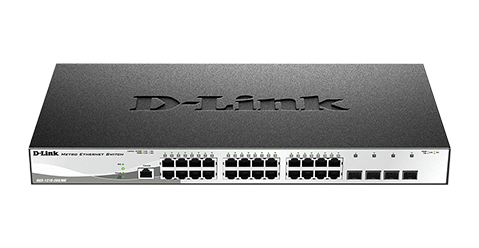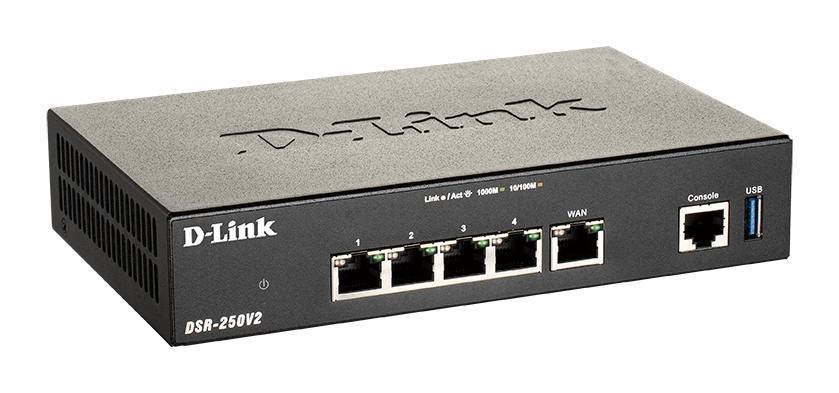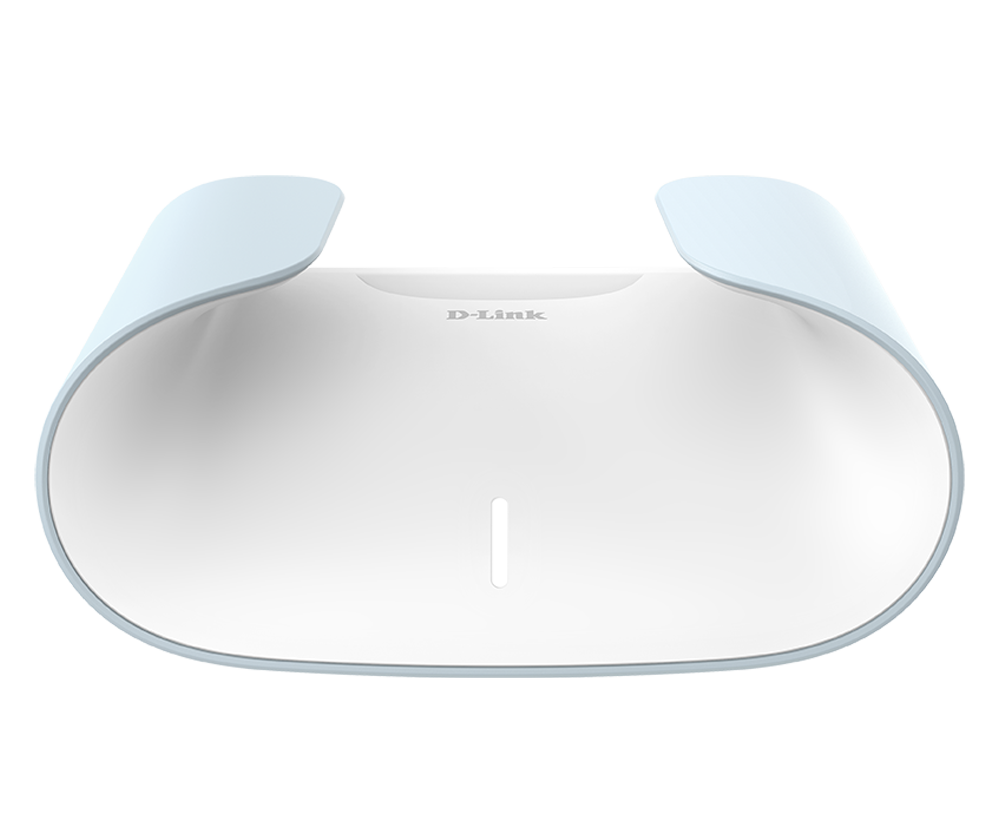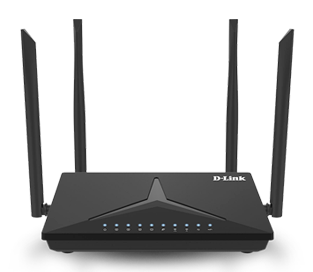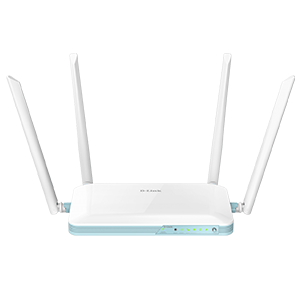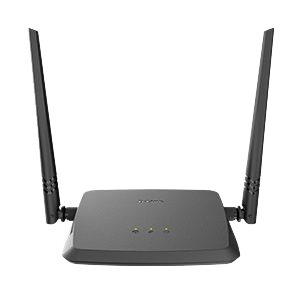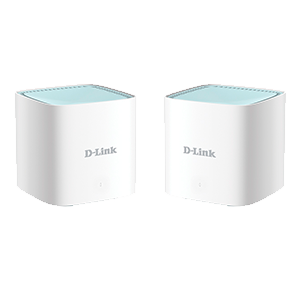Gigabit Metro Ethernet Switch
DGS-1210/ME Series
La serie DGS-1210/ME es un grupo diverso de switches gestionados inteligentes Gigabit Ethernet. Con una amplia variedad de opciones de puertos, se puede adaptar a cualquier presupuesto o necesidad. Esta serie forma parte integral de una solución Metro Ethernet, atendiendo idealmente a las necesidades de los proveedores de servicios y las redes de operadores. Preparada para el despliegue en interiores o exteriores, y con potentes funciones de gestión de capa 2 y seguridad.
Descargas
Puntos de ventaIdeal para Metro Ethernet
Los Metro Ethernet Switches de la serie DGS-1210ME ofrecen una gran variedad de configuraciones de puertos, incluyendo puertos RJ-45 10/100/1000BASE-T, puertos SFP de 1G y puertos SFP+ de 10G para aumentar el ancho de banda de la red. La protección contra sobretensiones, las funciones avanzadas de capa 2 y un conjunto de herramientas de seguridad y gestión hacen que los switches Metro Ethernet de la serie DGS-1210ME sean ideales para las aplicaciones Metro Ethernet.
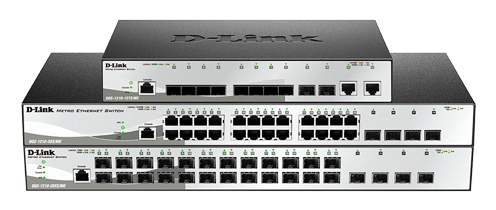
Eficiente y resistente
Para entornos de misión crítica, los switches Metro Ethernet de la serie DGS-1210ME son compatibles con los protocolos IEEE 802.1D edición 2004, 802.1w y 802.1s Spanning Tree (STP). También son compatibles con la agregación de enlaces IEEE 802.3ad, que aumenta el ancho de banda y la redundancia para una mayor disponibilidad. Esta serie cuenta además con la calidad de servicio (QoS) IEEE 802.1p, que permite la clasificación del tráfico en tiempo real en Round Robin ponderado (WRR) y niveles de prioridad estrictos asignados a ocho colas. Los parámetros avanzados de clasificación del tráfico permiten ajustar la red para obtener configuraciones flexibles para aplicaciones multimedia específicas, como VoIP o IPTV.
Seguridad y autenticación
La serie DGS-1210ME es compatible con el control de acceso basado en puertos/host IEEE 802.1X, VLAN de invitados y autenticación RADIUS/TACACS+ para un estricto control de acceso a la red. La función IP-MAC-Port Binding (IMPB) permite a los administradores mejorar aún más el control de acceso de los usuarios. El D-Link Safeguard Engine™ incorporado protege la CPU de las inundaciones de broadcast, multicast y unicast. Además, la función de lista de control de acceso (ACL) mejora la seguridad de la red y el rendimiento del switch.
Aplicaciones multicast
La serie DGS-1210ME cuenta con un conjunto completo de funciones de multidifusión L2, incluyendo IGMP snooping, filtrado IGMP, fast leave y configuración del tráfico de multidifusión para puertos específicos. Con la compatibilidad con la multidifusión L2, la serie DGS-1210ME está preparada y es capaz de gestionar las crecientes aplicaciones de IPTV.
Capacidades de gestión
Una interfaz web fácil de usar ofrece a los administradores acceso a funciones de gestión avanzadas, como la autoconfiguración DHCP, que permite la gestión centralizada de las configuraciones de los dispositivos. Los switches son compatibles con el protocolo LLDP (Link Layer Discovery Protocol), que anuncia las capacidades y la identidad del dispositivo a la red local, lo que permite a los administradores gestionar mejor su topología de red. Cada puerto también admite el diagnóstico de cables para solucionar problemas de longitud y funcionalidad de los mismos de forma remota.
Control del tráfico y del ancho de banda
El control de ancho de banda integrado permite a los administradores de red definir los niveles de rendimiento para el ancho de banda de entrada y salida. Proporciona una granularidad mínima de 64 Kbps para el puerto de entrada y el control del ancho de banda basado en el flujo, y una granularidad mínima de 64 Kbps para el ancho de banda de la cola de salida. La serie DGS-1210ME también admite el control de tráfico, que optimiza el rendimiento general, mientras que la duplicación de puertos ayuda a los administradores a realizar diagnósticos de tráfico y a hacer un seguimiento del rendimiento de la red.
DGS-1210-10/ME
8 x 10/100/1000BASE-T ports + 2 x SFP ports
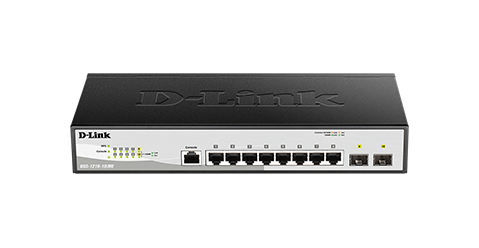
DGS-1210-28X/ME
24 x 10/100/1000BASE-T ports + 4 x 10G SFP+ ports
